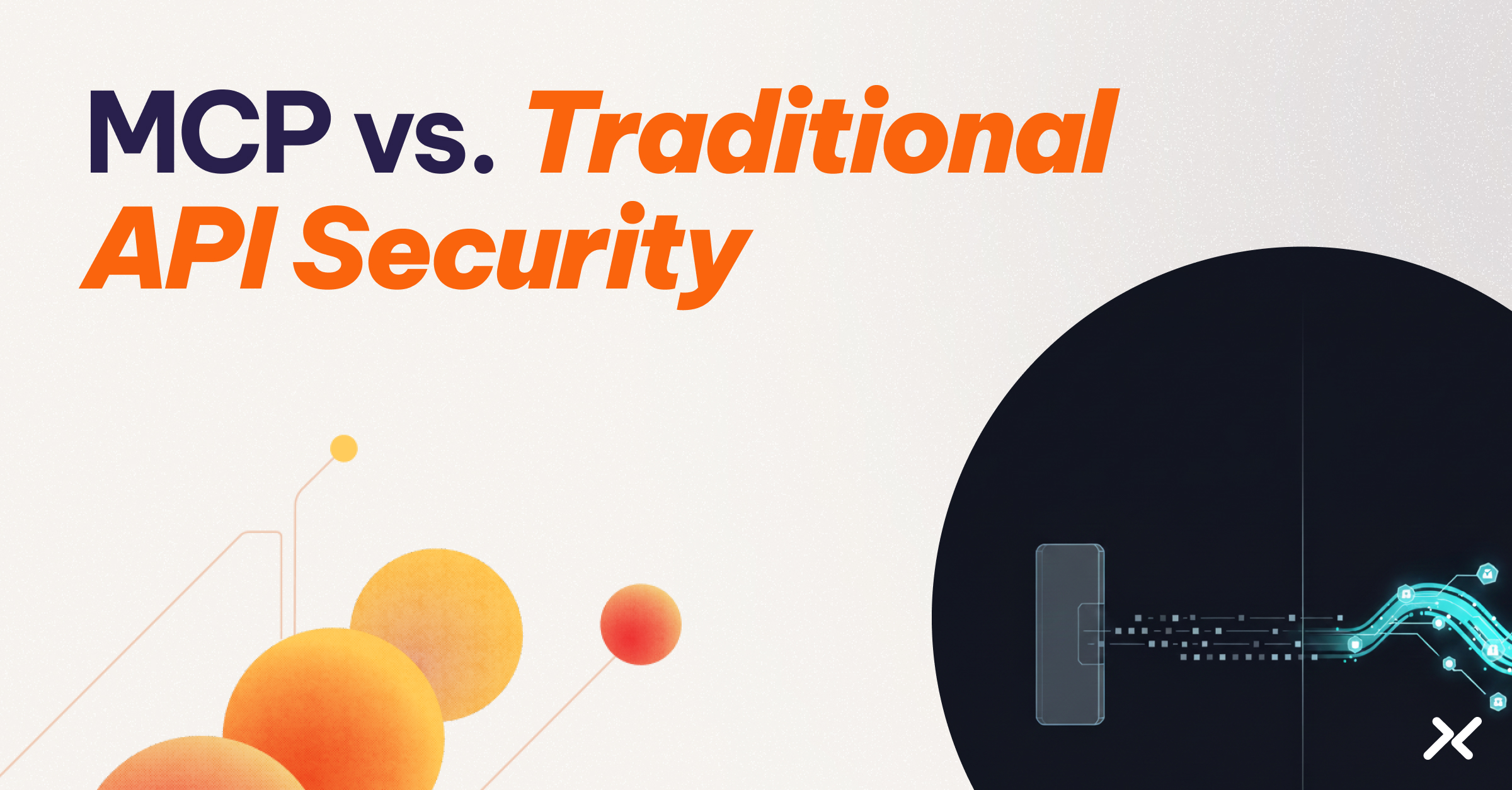As organizations migrate to cloud and multi-cloud environments, securing access to resources becomes increasingly complex. Traditional security models, which are often based on perimeter defenses and rely on simple authentication mechanisms like static credentials, are no longer sufficient to handle the dynamic nature of modern infrastructure.
Enter conditional access: a dynamic, policy-driven security mechanism designed to ensure access decisions are made based on a range of contextual signals.
We’ll explore how conditional access works, why it’s crucial for modern security, and how organizations leverage these principles to secure non-human identities in cloud-native environments.
What Is Conditional Access for Workloads?
Conditional access is a policy-driven security mechanism that evaluates multiple contextual signals, such as security posture, location, and time, before granting access to resources.
At its core, conditional access enables organizations to assess real-time conditions before allowing workloads to connect to sensitive data stores, APIs, or SaaS services. Think of it as a dynamic “if-then” rule:
If a workload requests access to a database from an untrusted network, then the system may perform an automated posture check or deny access.
By considering a broad array of contextual signals, conditional access makes it possible to enforce security policies that adapt to real-world scenarios, enhancing security without introducing unnecessary friction.
How Conditional Access Supports Zero Trust
Zero Trust is based on the principle of “never trust, always verify.” You do not assume trust, and you evaluate each access request based on its context and security status.
Conditional access is a vital enabler of Zero Trust. It ensures access is continuously verified and only granted under secure, dynamic conditions.
Continuous Authentication and Posture Assessment
Unlike traditional models where access is granted once and persists, conditional access ensures you continually assess a workload’s security posture throughout the session. Even if a workload is initially authenticated, ongoing checks ensure it remains compliant and secure.
Least-Privilege Enforcement
One of Zero Trust’s key tenets is to provide only the minimum level of access necessary for a task. Conditional access supports this by evaluating real-time conditions before granting access, ensuring workloads get exactly what they need, no more, no less.
This approach, combined with policy-based scoping, limits access to the right resources, for the right time, and under the right conditions. This significantly reduces your attack surface and limits exposure to unnecessary data or services.
Adaptive Policies
With conditional access, security policies can evaluate dynamically in real time. For example, if a workload attempts to access a sensitive database from a high-risk region, the system evaluates all contextual signals simultaneously, including location, security posture from EDR tools, time of day, and environment.
Based on this evaluation, the system either grants access with appropriate credentials or denies it entirely. This flexibility allows organizations to stay ahead of emerging threats while maintaining operational efficiency.
Common Signals Used in Conditional Access for Workloads
To effectively enforce access control, conditional access for workloads pulls signals from multiple sources to assess the security posture of the requesting entity:
- Workload Identity: Validate the unique identity of the workload through multiple granular checks, such as verifying Kubernetes service account tokens, cloud instance metadata, container image signatures, and runtime environment attestation.
- Location: Restrict or allow access based on the geographic origin of the request using IP-based geolocation. Network-based location signals provide reliable verification since they can be correlated with expected deployment regions and infrastructure locations.
- Security Posture: Integrate with security tools to check if the workload is actively managed, free from vulnerabilities, and compliant with organizational policies. Native platform checks are also possible in some cases, they provide additional layers of posture verification.
- Time-Based Conditions: Limit access to specific time windows, such as business hours, to reduce exposure. For automated workflows like cronjobs, smaller time windows can be enforced. It grants access only during the exact execution periods when the workload legitimately needs to run.
- Behavioral and Environmental Signals: Monitor for anomalies, such as unusual access patterns or changes in workload configuration. Automated alerts and remediation help address suspicious behavior before it escalates into security incidents.
These signals, evaluated together, ensure access is granted only under secure and trusted conditions, strengthening your organization’s overall security posture.
How Does Conditional Access Work for Workloads?
The process of implementing conditional access for workloads begins with identity verification and moves through several layers of policy evaluation:
- Identity Verification: The system authenticates the workload using evidence from its runtime environment, such as cloud instance metadata or Kubernetes service account tokens.
- Policy Evaluation: The system evaluates relevant policies based on contextual signals like location, security posture, and time.
- Access Decision: After evaluating the conditions, the system makes a decision:
- Grant Access: If all conditions are met.
- Deny Access: If conditions are not met (e.g., workload is from a high-risk region or not compliant).
The flexibility of conditional access policies ensures access decisions are not static but adapt to changing conditions, providing a robust layer of security in complex, cloud-native environments.
Common Scenarios for Conditional Access in Workload Environments
You can apply conditional access across various scenarios in modern enterprise security:
- Blocking Legacy Authentication: Block access via outdated or insecure authentication protocols, preventing unauthorized access to critical resources.
- Restricting Access by Location or Time: Limit access to sensitive services to specific geographic regions or time windows, reducing risk.
- Enforcing Security Posture: Grant access only to workloads that meet organizational security standards—such as being actively managed and free from vulnerabilities.
- Auditing and Observability: Log all access events with identity, timestamp, policy decision, and resource, providing real-time auditability.
By using conditional access in these scenarios, you can create dynamic, granular controls, ensuring only the right workloads are granted access at the right time.
Implementation Considerations
When implementing conditional access for workloads, consider these practical factors:
- Policy Complexity: Start with simple policies and gradually add complexity. Overly restrictive initial policies can disrupt legitimate workloads.
- Signal Reliability: Ensure the contextual signals you rely on are consistently available and accurate across your infrastructure.
- Performance Impact: Policy evaluation should be fast enough to avoid adding significant latency to workload operations.
- Integration Requirements: Many services don’t natively support conditional access. In these cases, a workload identity broker can add conditional checks before injecting credentials, extending advanced access controls to any service regardless of its built-in security features.
Moving Forward with Dynamic Access Control
As cloud environments continue to evolve, static access controls become increasingly inadequate for managing secure access in dynamic infrastructures. Conditional access provides the adaptability organizations need by enabling real-time, context-sensitive access decisions.
For organizations implementing workload identity management, conditional access represents a fundamental shift from “trust and verify” to “never trust, always verify” for machine identities. This approach ensures that access control evolves with both organizational needs and threat landscapes.
The key to successful implementation lies in starting with clear policies, integrating reliable contextual signals, and maintaining visibility into access decisions through comprehensive audit logging.
Organizations that adopt these principles position themselves to handle the security challenges of increasingly complex, multi-cloud environments.




